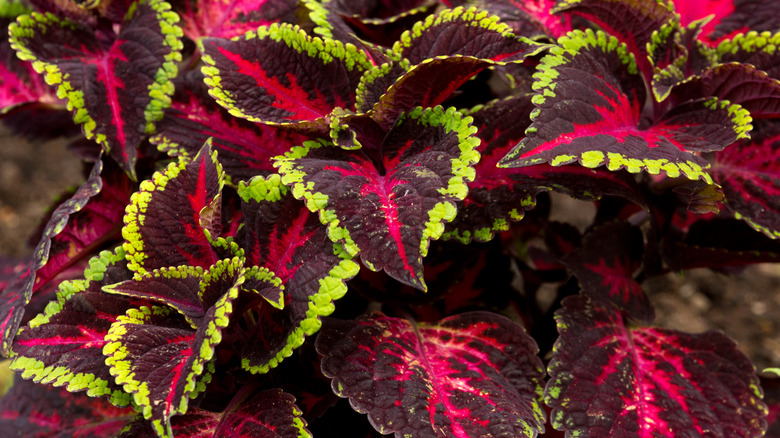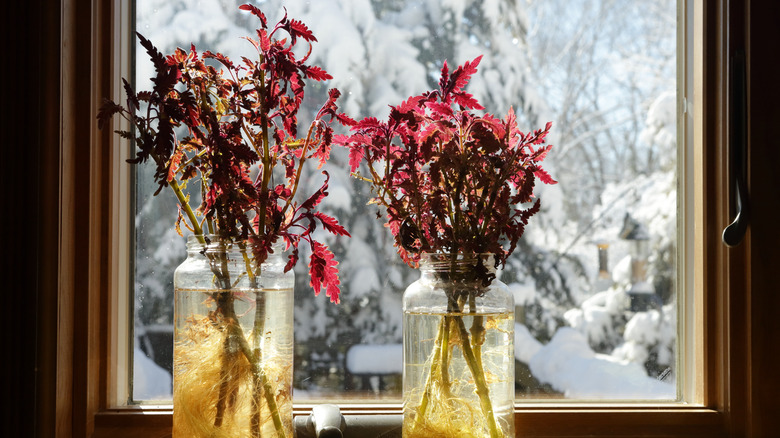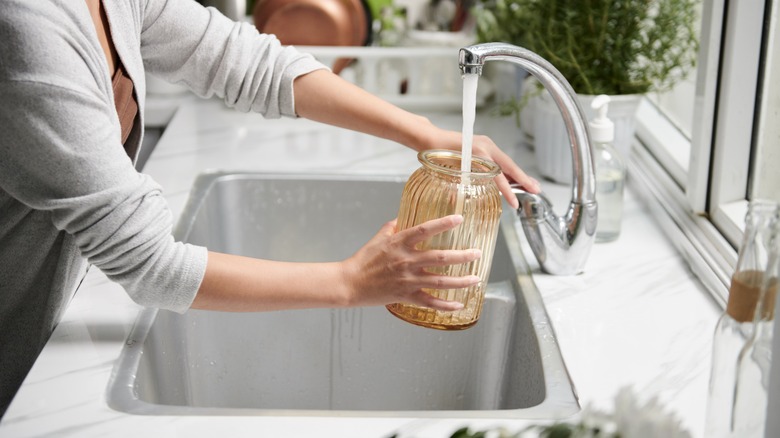Grow Coleus Without Any Soil Using Our Houseplant Expert's Helpful Water Propagation Tips
Coleus plants (Coleus scutellarioides) provide a welcome respite to all the plant parents tired of growing houseplants in 50 shades of green. Sporting foliage in an array of hues and combinations, from blazing reds and regal purples to saffron yellows and more, they're the kind of plants you decide to bring home at first glance. Although beginners can grow this beautiful and reliable houseplant from seed, starting with 4 to 6-inch long cuttings holds more promise. Plus, the waiting time is shorter as they mature in less than three weeks.
The best part is that you don't need to expend your energy settling the potting soil vs. potting mix debate, so long as you arrange a container holding clear water. Before you roll your eyes in disbelief, here's a fun fact: Victorian-era plant enthusiasts relied on this very soil-less, water propagation method to bedeck their homes with coleus when it was hard to come by. But since we're all about the details here, House Digest spoke exclusively to Lisa Eldred Steinkopf, founder of The Houseplant Guru, to demystify the process of growing coleus without soil. Here's what she had to say, "Take a cutting from a healthy plant. Place in water, removing any leaves that fall below the water level." But that's just the start.
Keep coleus leaves out of the water
Steinkopf, who also runs @thehouseplantguru on Instagram, continues her exclusive interview with House Digest, saying, "Make sure there are no leaves below the water level, as they will rot and cause problems for the whole cutting." This implies that you should soak the cutting only to the point where its lower leaves are stripped off. Otherwise, bacteria might take hold and damage the cut stem. But if that comes to pass, don't be disheartened; our houseplant expert has a way out.
"If the bottom of your cutting starts to darken, you may have to cut it again, removing the part that is rotting," describes Steinkopf. She further warns, "Make sure you cut into the healthy part of the stem before placing it back in the water." This should bring your cutting back into business. But where should you keep the soil-less container in the meantime? "Give it a good bright light, but not full sun," explains the founder. Most coleus cultivars thrive indoors at 70 degrees Fahrenheit, requiring a heating mat if temps dip below 50 degrees Fahrenheit.
Change out your coleus cuttings' water regularly and mix in soluble fertilizer
Our expert, Lisa Eldred Steinkopf, also pointed out some common mistakes that growers must keep their eyes peeled for if they wish to grow and care for their coleus plants successfully. For starters, she mentions how homeowners miss out on the window to swap out the old water for new, circling back to the old problem of bacterial buildup. Hence, she insists, "The water should be changed regularly." A four to six-day frequency is good, or sooner if the water turns cloudy.
However, that's not enough. You must feed the plant, too. A natural deduction, considering the developing roots lack a soil medium to access nutrients. Steinkopf goes on to explain in a House Digest exclusive, "Adding a bit of fertilizer would be helpful when the water is changed." This should have your cutting developing new roots in a week or so, and it becomes even more pivotal if you plan on keeping your coleus plant in water. But the point is: should you? Our houseplant expert isn't enthused. "In my experience, growing coleus indefinitely in water isn't the best plan. I did keep it growing for about a year." Wondering why? Water-grown roots aren't hardy enough, resulting in a weak plant. Surely a buzzkill, but Steinkopf recommends an alternative. "Move it into soil when the roots are approximately 1 inch long." Provided it retains water, most potting mix or garden soil works, as coleus are thirsty plants.


